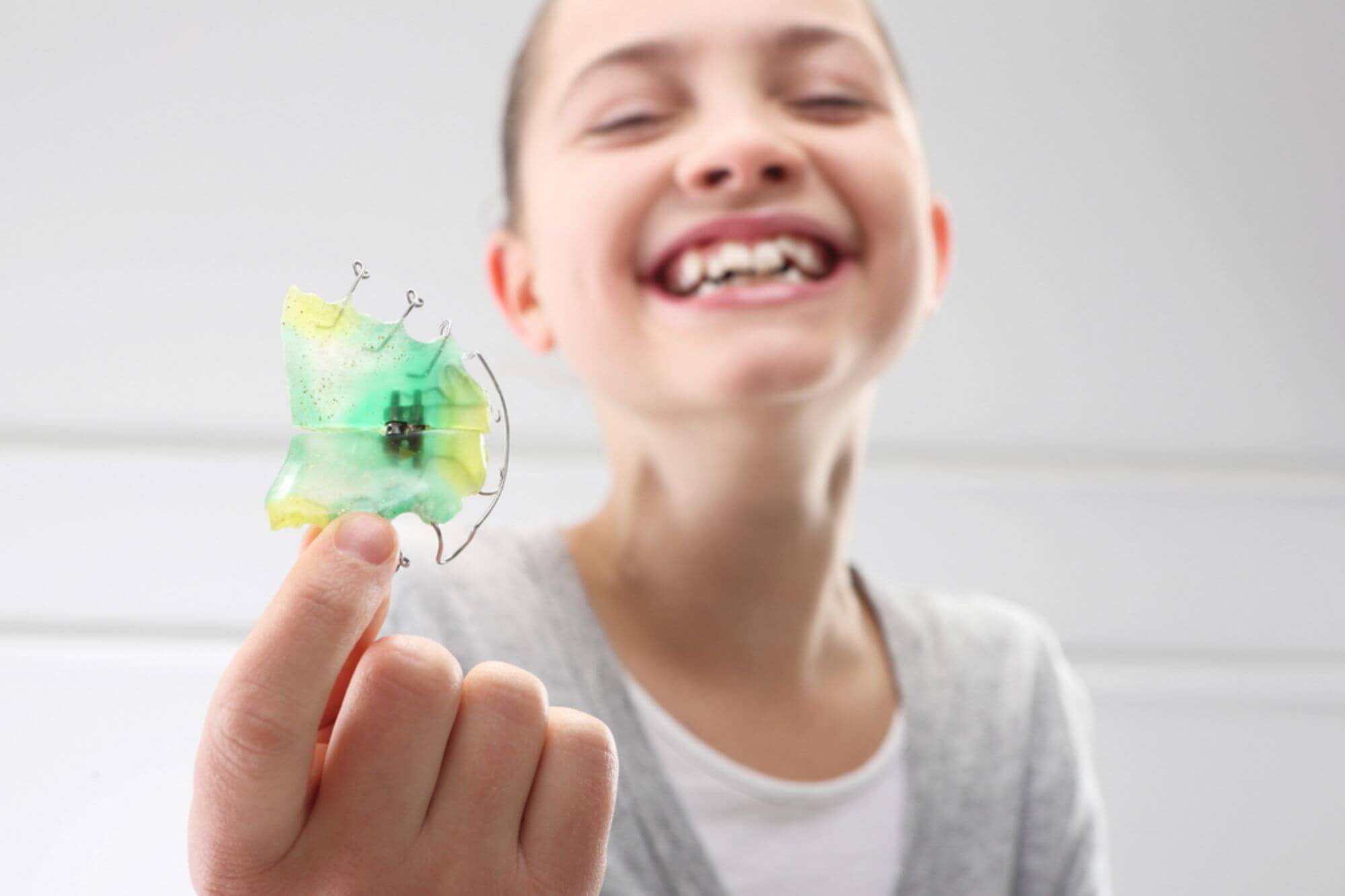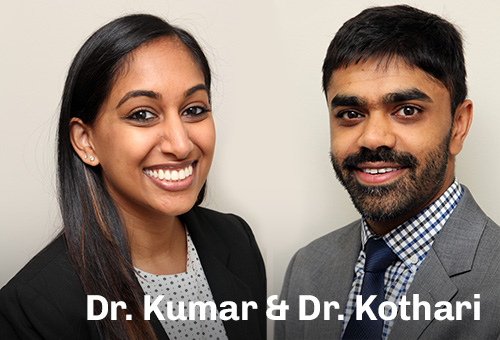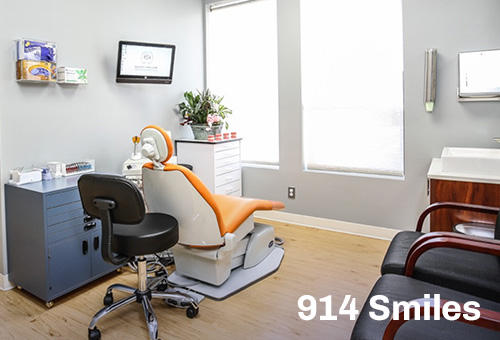
One of the most common reasons our Tarrytown Invisalign and braces patients seek out orthodontic treatment is because of crooked teeth. Teeth may be overlapping, twisted or otherwise misaligned or, perhaps, they stick out due to things like an overbite or an underbite. Whatever the issue, crooked teeth can make you feel self-conscious and may even lead to problems with your oral health and overall health. So, what causes crooked teeth? While there has been much debate on the topic, in reality, it varies by patient. We’ll be covering the common causes, as well as how to fix crooked teeth.
What Causes Crooked Teeth?
Every patient’s smile is unique and it’s not uncommon to have a combination of causes. Here’s what might be behind your smile woes:
– Genetics – Are crooked teeth genetic? The answer is, most of the time, yes – at least partly. A major cause of crooked teeth is an imbalance in the tooth to jaw size ratio, typically due to a jaw that’s too small for the teeth, which is an inherited trait just like eye color or hair color. Not having enough space results in crowding. With nowhere to go, teeth tend to come in however they can, which may be twisted, angled or right on top of each other. Additionally, discrepancies in the size of the upper and lower jaw can lead to a protruding upper jaw, known as an overbite, or a protruding lower jaw, known as an underbite, making either the top or bottom teeth extend too far out.
– Early loss of baby teeth – Primary teeth serve a number of important roles, including saving space for the permanent teeth. When a child loses a baby tooth before it was meant to fall out due to decay or injury, the other teeth around it have a natural tendency to shift to fill in the space left behind. This leads to crowding and crooked teeth. Often, when a baby tooth falls out prematurely, we can use an appliance called a space maintainer to hold the space until the permanent tooth is ready to erupt.
– Missing permanent teeth – That tendency that we just talked about for teeth to shift to fill in gaps in your smile holds true with permanent teeth too. That’s why if you lose a tooth, it’s important to replace the missing tooth, whether it is with a dental implant or a bridge.
– Poor oral habits – Oral habits like thumb sucking, prolonged pacifier and bottle use, tongue thrusting and mouth breathing can cause crooked teeth. That’s because pressure is put on the teeth, which encourages them to shift out of their proper places. Also, things like aggressive pacifier and thumb sucking can lead to skeletal changes and issues with jaw alignment. Yet, don’t panic too much about pacifiers and teeth because sucking is a reflex babies are born with. It’s perfectly fine and healthy for infants to suck on their fingers or a pacifier and use a bottle. It’s when the habit goes on for years that it can be harmful. Dr. Kothari generally recommends reaching out to your dentist for help if your child hasn’t stopped their oral habits after the age of three. For bottles, the American Academy of Pediatrics recommends weaning from the bottle by the age of 18 months.
– Gum disease – Gum disease is a leading cause of tooth loss but what you may not know is that it also causes teeth to become loose, which can alter their alignment.
– Injury that leads to a misaligned jaw or teeth – Trauma or injury to the face can lead to misaligned teeth or even a misaligned jaw. Be sure to wear a mouthguard when playing sports to reduce the chances of damage if you sustain a blow to the mouth.
– Poorly fitted dental restorations like crowns, bridges or fillings – A dental restoration that doesn’t fit properly can put undue pressure on the neighboring teeth and gums, causing misalignment.
– Getting older – As we age, our jawbone loses some of its density over time and our bite tends to deepen. Usually, the changes aren’t that noticeable but for some people, it can lead to crowded or crooked teeth.
What Problems Can Result from Crooked Teeth?
Crooked teeth are more than just a cosmetic issue. They can also lead to:
– Cavities and gum disease since they’re harder to clean
– Uneven wear of the enamel
– Difficulties with chewing and speaking properly
– Injury when teeth are protruding
– Strain on the jaw and chewing muscles, leading to jaw pain and headaches
How to Fix Crooked Teeth
In order to determine how to fix crooked teeth, Dr. Kothari first has to determine the underlying cause of the issue. Your treatment options will also depend on how your crooked teeth are presenting. For example, correcting minor crowding will be different than correcting an underbite. Most of the time, we’re able to straighten the teeth using braces or Invisalign. Occasionally, especially in children who are still growing, another appliance may be indicated too like an expander. Once the active phase of your orthodontic treatment is finished, you’ll wear a retainer to hold the teeth in their new positions and prevent them from becoming crooked again. This is the only way to ensure your results last a lifetime.
Now that you know what causes crooked teeth, are you ready to address the problem and get your dream smile? Book a free consultation at 914 Orthodontics to learn more about our Tarrytown Invisalign and braces options! Dr. Kothari will assess your bite, discuss how to fix crooked teeth and help you decide on the treatment best suited to your needs.



